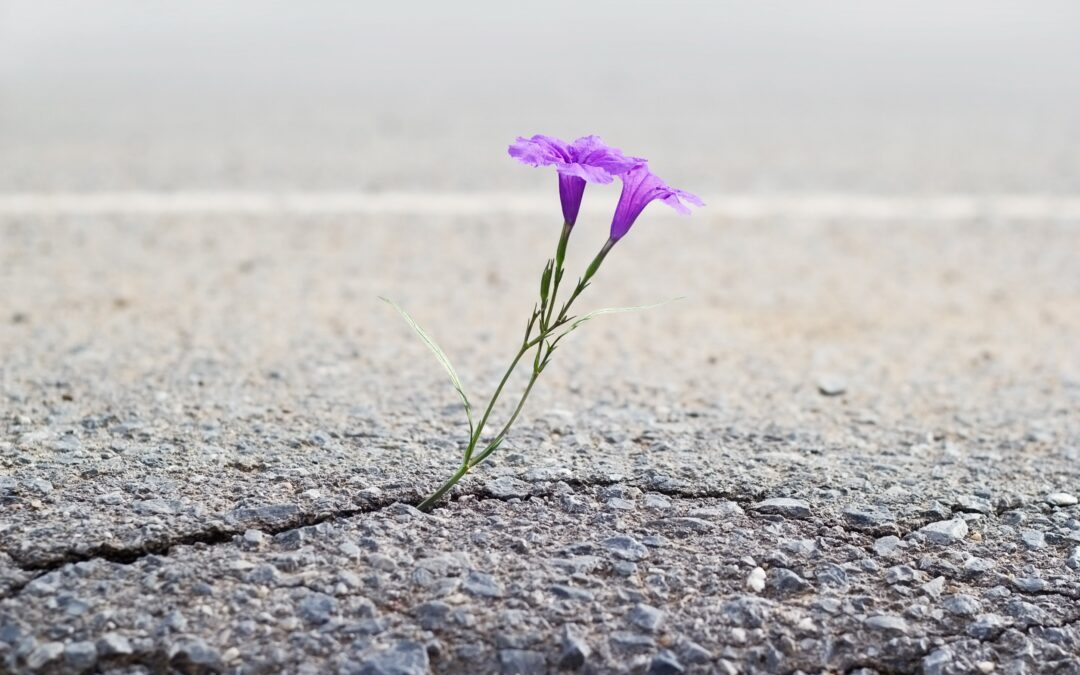In the wake of a tumultuous chapter of history, COVID-19’s impact on our nation’s mental health continues to echo through our communities. The aftermath of unprecedented isolation, uncertainty, overwhelming collective trauma and grief has highlighted the critical importance of well-being and mental health care. As we navigate this uncharted period of recovery, it is imperative to understand the profound implications on our mental health and forge strategies to heal.
Although advocacy for and attention on the mental health crisis throughout and after the pandemic has ebbed and flowed, what needs to stay consistent is hope. Unfortunately, hope is more readily accessible to some communities than others.
The State of Our Mental Health
As Mental Health Awareness Month currently unfolds, mental health takes center stage in many of our conversations. The pandemic left a mark not just on our bodies, but also on our minds, fueled by the uncertainty that continues to linger.
Throughout the pandemic, many adults reported symptoms consistent with anxiety and depression, with approximately four in ten adults reporting these symptoms by early 2021. Social isolation became the norm, leaving many feeling lonely and disconnected, experiencing feelings of sadness and hopelessness, alone. Health-related anxiety reportedly rose for many, and grief and trauma found their way into our lives in unexpected ways.
And let’s not forget those who felt the impact even more deeply. Frontline workers, students, and marginalized communities faced unique challenges, often with limited access to support. There is an ongoing disparity in outcomes of those able to recover from COVID as well as some of the effects of longer-term symptoms. As we navigate our collective recovery journey, it’s important to recognize the hurdles many still face – and to continue working to heal our communities who need it most.
Many of us still grapple with the aftershocks of these experiences, which can profoundly shape our thought patterns and feelings about being around others. We must continue to extend grace, compassion and support to those navigating these challenges.
The Shadow of Stigma
While new conversations about mental health have surfaced, the historical stigma around mental illness still lingers. COVID-19 unearthed the potential for long-term effects on both individual and community mental health. Proactive measures can help mitigate these risks, however, there remain opportunities to lessen the barriers that stigma upholds to maximize the impact these measures can have.
Education, storytelling, and open dialogue have emerged as powerful tools in the journey towards destigmatization. Fostering safe spaces, both virtually and in person, for dialogue in workspaces, schools, homes, churches, or community centers, can encourage a culture of openness, curiosity and understanding. Increased awareness paves the way for better support systems, equipping individuals with the tools they need and normalizing different pathways of care. Improved mental health literacy creates a greater capacity for empathy and support, ultimately leading to healthier communities.
The Road to Recovery
The landscape of post-pandemic mental health and recovery is multifaceted. It may seem like a complex web of challenges to unravel, but there are also encouraging moments of healing and strength, giving hope for a thriving future.
The pandemic exposed several long-standing inequities within our systems, that we continue to find opportunities to improve. While navigating the ups and downs that come with the journey toward fixing our broken systems and rebuilding trust, finding ways to cope becomes our guide. Especially after a period of great isolation, acknowledging and remembering that we’re not alone in this journey is critical; community support is vital.
Seeking professional mental health care and support can be a form of community. Whether through individual or group therapy or counseling, professional support is invaluable for navigating our complex human emotions. This kind of support can also expose us to additional resources and tools we may not have otherwise come across. Through my therapy journey, I’ve adopted the tool of mindfulness meditation. By practicing mindfulness, one learns to use self-affirmation and self-compassion to offer ourselves the kindness and grace we deserve. A wealth of resources can help us maintain mental well-being, both in formal and informal modalities.
Throughout the pandemic, several changes have been implemented in the delivery of mental health and substance use services, including telehealth, improved access to treatment for certain substance use disorders, expansion of school-based mental health care, and the rollout of the 988 crisis line.
As the public health emergency declaration has officially ended, some of these services may be interrupted. With policy advocacy and legislation in the works to expand some of these progressions, we should see more supports put in place with reduced barriers to accessing them.
These changes, along with the potential for more, is what gives me hope.
